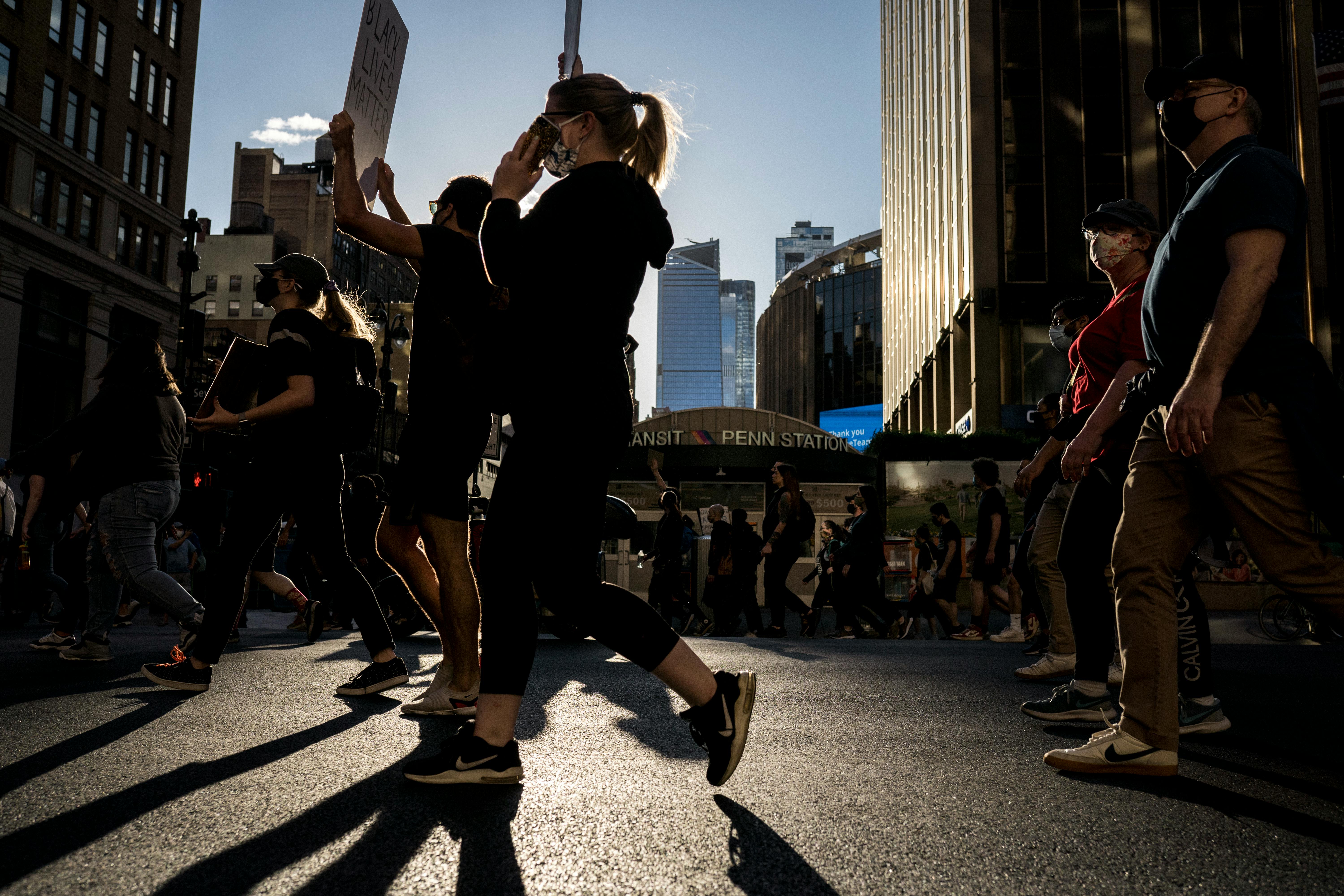In the quest to build a strong global identity, organizations are becoming increasingly aware of culture-related issues that, when used as a covert basis in policy formulation and planning, would help align organizational goals with regional differences. Time perspective is one such element of culture, influencing how members of a culture tend to approach decision-making in consumer and business activities. The difference in the perception of time leads to the difference in the perspective of the employees towards work and people. The theme of time in the study of culture can be used in International Human Resource Management (IHRM) investigations to measure effects at the country and group level that can discriminate between countries and groups and thus help to explain variation in organizational and individual behaviors. The dimension of time perspective could be added (Bond, MH et al 1987) as the fifth dimension of culture related to the organization of work. The other four dimensions are power distance, individualism, masculinity, and uncertainty avoidance (Hofstede and Bond 1984), as defined by Geert Hofstede’s most popular framework for studying international culture.
Philip R. Cateora and John L. Graham (‘International Marketing’, 10th edition, p. 130) define the time perspective classification into monochronic and polychronic time. A culture’s perception of M-time or monochronic time implies that people tend to focus on one thing at a time. It is typical of low-context cultures such as North America, Switzerland and Scandinavia. They divide time into small units and are concerned with punctuality. Time M is used linearly and is experienced as tangible, in the sense that we save time, spend time, or waste time.
The concept of polychronic time or P time is characterized by the simultaneous occurrence of many things and by “a great involvement with people”. P-time allows relationships to develop and context to be absorbed as part of high-context cultures such as that of India and other South Asian countries. The completion of human transactions is considered more important than meeting schedules.
The author has made an attempt to analyze the human resource management practices of the US, India and Japan, in the context of cultural differences in the perception of time. The choice of these cultures has been based on the fact that traditionally the US is recognized as an M-time culture, India as a P-time culture, while Japan is a mixture of M-time and P-time behavior. However, these cultures do not exist in isolation, and the perception of time in these cultures is being influenced and changed by cross-border trade and other interactions.
The implications of the difference in time perception in different cultures can be organization-wide, individual-directed, or task-focused.
Influence in the organization
Those issues, which affect planning, scheduling, and unionism, have an effect throughout the organization and, in turn, are influenced by culturally based perceptions of time.
The P-type culture has a short-term view of the organization and its goals, while an M-time culture has a long-term view and emphasizes long-term organizational planning. For an organization planning to set up operations in a P-type culture, it would have to familiarize employees with its long-term goals and align them with their personal goals to introduce a long-term vision.
Reworking the reward system to emphasize achieving long-term planning goals would also reinforce the same. A culture that has a mix of P and M behavior shows long-term planning and a strategic role for HR in planning. The rules are codified and decision making is timed appropriately.
For any organization with international operations, trade unionism is an essential part of its external environment, which is often governed by the laws of the country. The M-type culture has an adverse view of unionism. On the other hand, type P culture has cooperative unions and collective bargaining and worker participation is the norm. A mix of P and M type culture shows corporate unionism, which is positive and cooperative in nature and worker participation is encouraged.
Information on the predominant unionism is useful for both employees and management, since it defines their interaction and the degree of participation of workers in management.
Decision-making is another aspect of the organization that in the type M culture, perceived as more bureaucratic with rigid rules, is appreciated if it is fast; while the type P culture is more flexible and accepts a long decision-making process. On the contrary, the mix of type P and M culture emphasizes the role of HR in decision making. The rules are formal and codified and decision-making is allowed at the right time. By familiarizing its expatriate managers with these perceptions, an organization would win in situations like negotiations.
Influence on the individual
Aspects such as the evaluation of individual performance, reward and perspective towards employment are some problems that are influenced by the perception of time based on culture.
Performance appraisal may be based on individual achievement or may emphasize group performance. An individual in a type M culture concentrates on his or her own performance as the achievements of the group are not the main goal, whereas in a mix of type P and M culture, the performance of the group is an important criterion for evaluation. of performance. In this issue, the organization can be guided by social norms and values. The interval between performance reviews also depends on the perception of time, and a culture with long decision-making cycles may require a longer performance review cycle.
Topics such as career planning, hiring policy, and succession planning depend on the average tenure of employees in the organization. In both P-type and mixed-type cultures, employees represent a job for life. This leads to easy succession planning and a needs-based hiring policy, which relies heavily on personal interviews as selection criteria. In contrast, an employee in the M-type culture would in all likelihood work for more than one employer in her lifetime, and thus a structured hiring policy. Another area of difference between different cultures is the determination of wages. In the P-type culture, salaries are based on industry and regional parameters, and seniority is an important parameter in determining salaries. Salaries in the M-type culture are based on ability and merit. In a mixed M and P type culture, salaries are based on both seniority and merit. To avoid dissonance, this factor must be kept in perspective to design an effective compensation policy in different cultures. Since most organizations want to avoid salary differentiation based on geography, non-monetary compensation can be offered.
Influence on the task
Task definition and task-related skill development are also influenced by culture-related time perceptions.
Tasks in type P culture are loosely defined, which gives the employee flexibility, while type M culture has a rigid definition of task. In the mix of culture type P and M, the definition of work is simple and broad. This difference could mean job dissatisfaction in organizations that operate in different cultures but follow a uniform definition of work.
The perception of training is also based on culture. Type P culture sees training as unimportant and training is on the job. In the M-type culture, formal training is provided. In the mix of M and P type cultures, trainability is emphasized with both on-the-job and off-the-job trainings. Therefore, the issue of training and skills development in different cultures will have to be approached differently, all the more so because cultures also promote the development of multiple skills or specialization. Type P culture and the combination of type M and P culture associate job turnover with job satisfaction, so employees are multi-skilled. In the type M culture, employees are specialists in specific tasks. This difference would be especially emphasized in the case of blue-collar workers.
Comparison
A good example for comparing the three cultures is the statistical comparison of the importance of company improvement in the US and Japanese management labor markets by Takao Kato and Mark Rockel. He states that there is a clear difference between the time it takes for new recruits to reach the position of CEO in the two countries. On average, in the US it took 20 years, while in Japan it took 27 years. Seeing that most CEOs in India reach that position after 25 to 30 years with the organization, we can extend the study to help compare the three cultures.
This difference in promotion is quite evident in terms of real time. But another criterion to consider is that the Japanese organization emphasizes on-the-job training for the development and training of a CEO, so the emphasis remains on the long-term goal.
The survey points to the fact that Japan’s management job market tends to foster a more long-term relationship between managers and the company than the US. CEOs in the US placed less emphasis on knowing the company and its employees, due to a comparatively less emphasis on consensus building.
In traditional Indian companies with an emphasis on relationships, promotions were usually based on seniority, so CEOs were often appointed even when they were only a few months short of stipulated retirement age.
conclusion
Deeply embedded perceptions, which have even shaped cultures, would be difficult to melt together to mold them into a universal perception of time. But the desire to seek or introduce homogeneity in these matters is uppermost in the minds of managers dealing with various international HRM topics, ranging from subsidiary management to expatriate training. Slow progress towards accepting similar mixed temporal perceptions is visible, at least in the workplace.
While, on the one hand, the Japanese promote dynamism, future orientation, hard work, and following the rules, on the other hand, importance is attached to relationships, broad job descriptions, decentralization, and respect for antiquity.
HRM practices in the US are showing a similar trend, whether in greater tolerance of unions or forays into building corporate loyalty. Similar trends in India are being forced towards a more monochronic approach to theater work, due to the advent of competition from state-owned companies by private sector companies, including multinationals.



